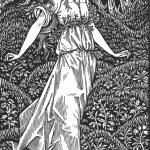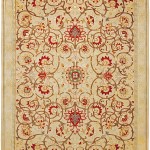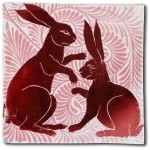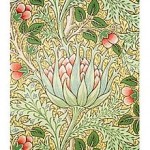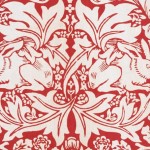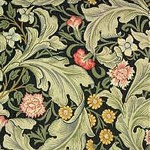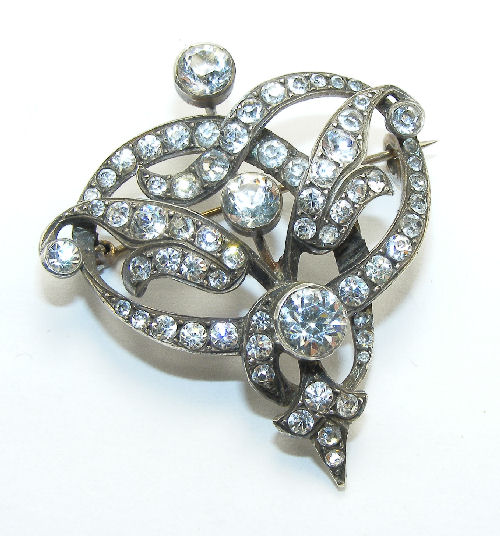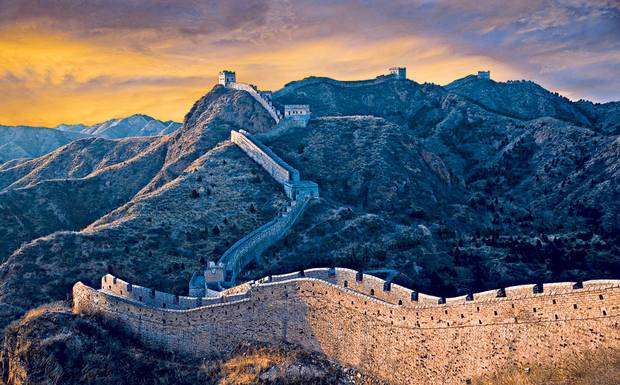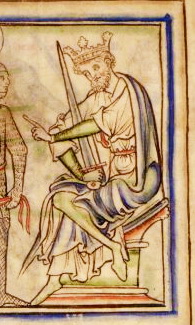The arts and crafts movement was made up of English designers and writers who wanted a return to well-made, handcrafted goods instead of mass-produced, poor quality machine-made items.
Inspired by socialist principles and led by William Morris, the members of the movement used the medieval system of trades and guilds to set up their own companies to sell their goods. Unfortunately, it had the reverse effect and, apart from the wealthy middle classes, hardly anyone could afford their designs.
Visually, the style has much in common with its contemporary art nouveau and it played a role in the founding of Bauhaus and modernism.
Style
- handmade
- simple forms with little ornamentation
- beauty of natural materials
- copper and pewter – often with a hammered finish
- stylised flowers, allegories from the Bible and literature, upside down hearts, Celtic motifs
Influences
- medieval styles – the Gothic revival led by AN Pugin
- socialism – the ideas of John Ruskin and early Marx, especially the dehumanising effects of industrialization
- the Orient – the pared-down quality of Japanese art
The names
- William Morris – set up own company with fellow artists called Morris, Marshall, Faulkner & Co in 1861, (later just Morris & Co), which produced everything from furniture and textiles to wallpaper and jewellery
- William de Morgan – glass, tiles and pottery
- CFA Voysey – wallpaper, textiles and silverware
- Richard Norman Shaw – architect


